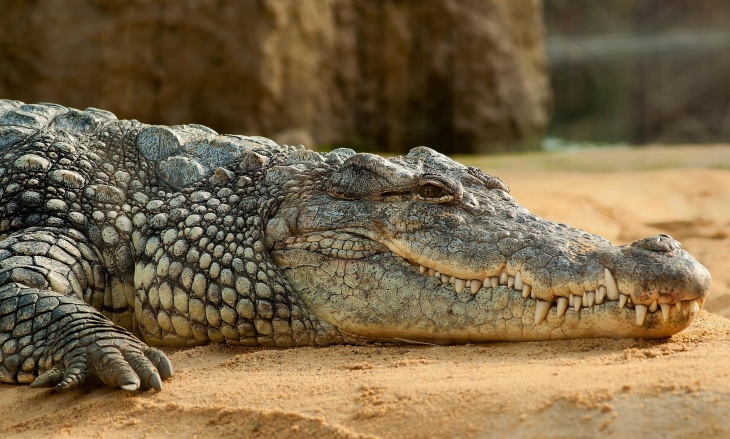
Krokodil, it really is as bad as it sounds. First seen in Russia a decade ago, Krokodil has started to spread throughout the world, and starting in 2013, has been reported to be in the US and seen on the streets of Chicago.
The drug is a mixture of desomorphine, a synthetic opiate first patented in 1932 for medical reasons, but is now a Schedule I drug, and a concoction that can include paint thinner, gasoline, lighter fluid, hydrochloric acid, industrial cleaners, and red phosphorus.
The Background
In 2003, Russia, like much of the world, was struggling with an opiate addiction epidemic. To crack down on heroin and prescription drugs, the country changed its prescription drug policies and closed down the western border, where much of the illegal substances were coming through. And it worked. Heroin was off the streets and prescription pain killers were no longer readily available to addicts.
But addicts are creative. Instead of getting sober, many turned to chemicals already known to be in synthetic drugs like methamphetamine and mixing it with the low level opiate, codeine, Krokodil was created.
What’s Krokodil Like?
A murky yellow liquid with an acid-like smell, Krokodil is like heroin, only cheaper and easier to make. Where the average dose on heroin costs around $20, Krokodil costs only dollars, and where codeine is available over the counter, it only takes about 30 minutes to make.
Its effect on the brain is similar to heroin, although it’s much shorter acting and requires more frequent doses to maintain the high. It’s highly addictive, has a withdrawal that is significantly worse than heroin, and is more fatal than other opiates.
Often referred to as the flesh-eating, or zombie, drug, Krokodil is an iodine toxic substance and where it’s injected, it kills the body tissue. At the injection sight, the skin turns scaly and often turns a gray-green color, hence the adoption of the name Krokodil.
This skin turns gangrenous, and for repeat users, the skin starts to fall off in chunks. Sometimes, users are found with bare bones showing, while in others, amputation is necessary.
At the height of Russia’s Krokodil crisis, the drug was rampant. In abandoned houses around the country, users would gather to inject the drug. Once entered, many never left as the drug is extremely fatal, and the average user dies within one to three years of use. Within six years of first being documented in the country, Russian authorities confiscated over 65 million doses in only three months.
In an attempt to fight against a new, growing epidemic, in 2012 Russian authorities banned codeine in all of its over the counter forms.
